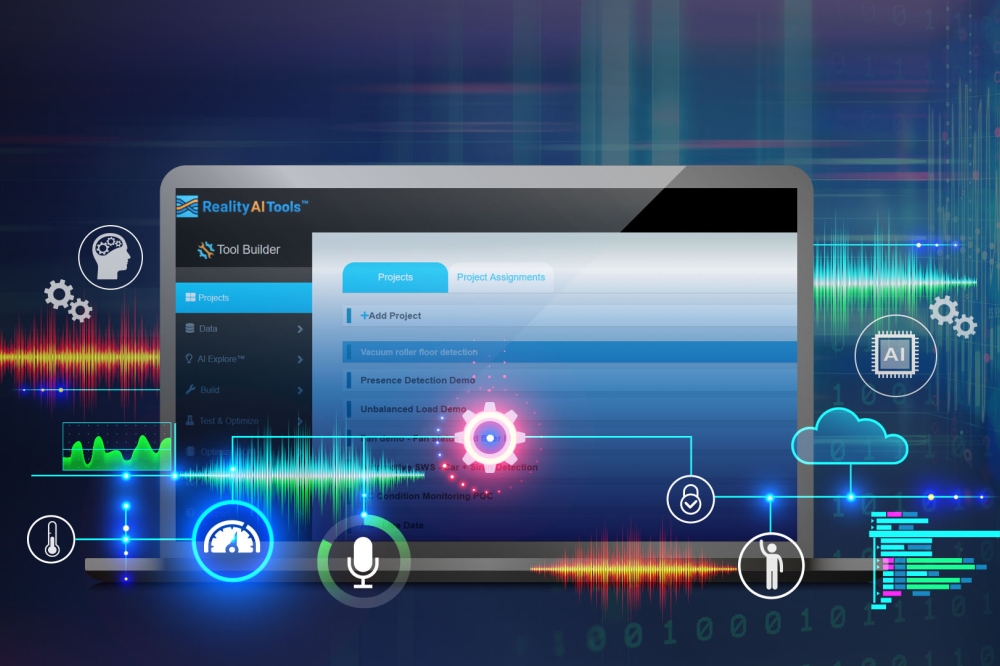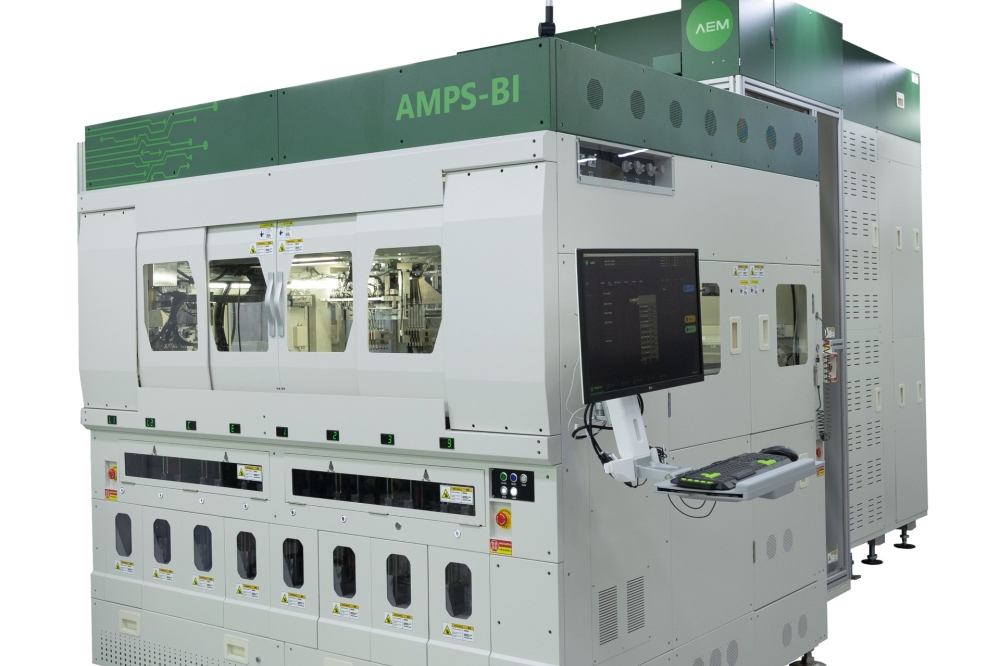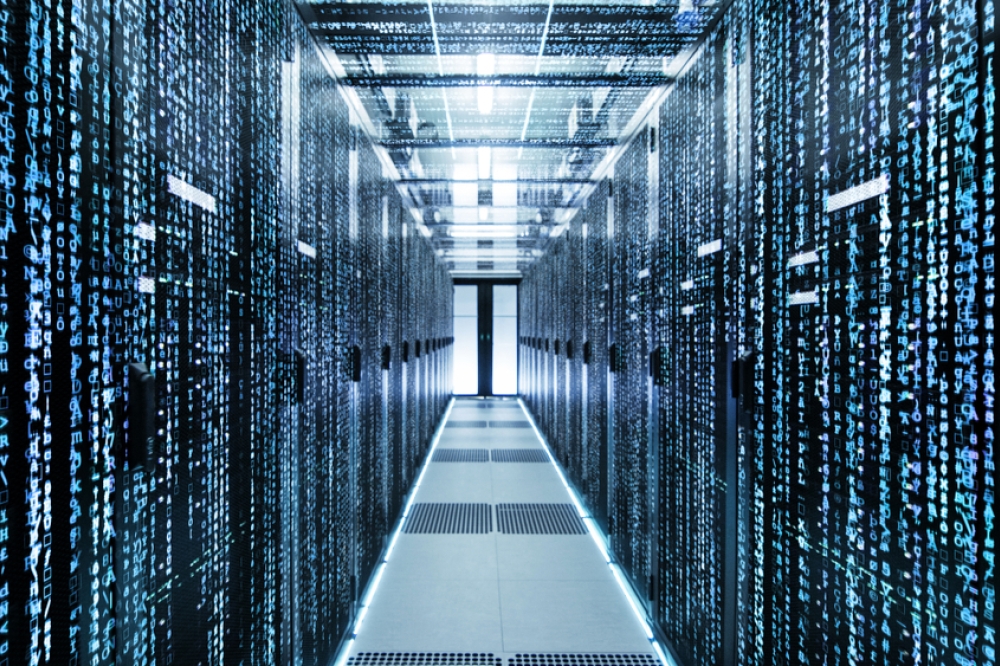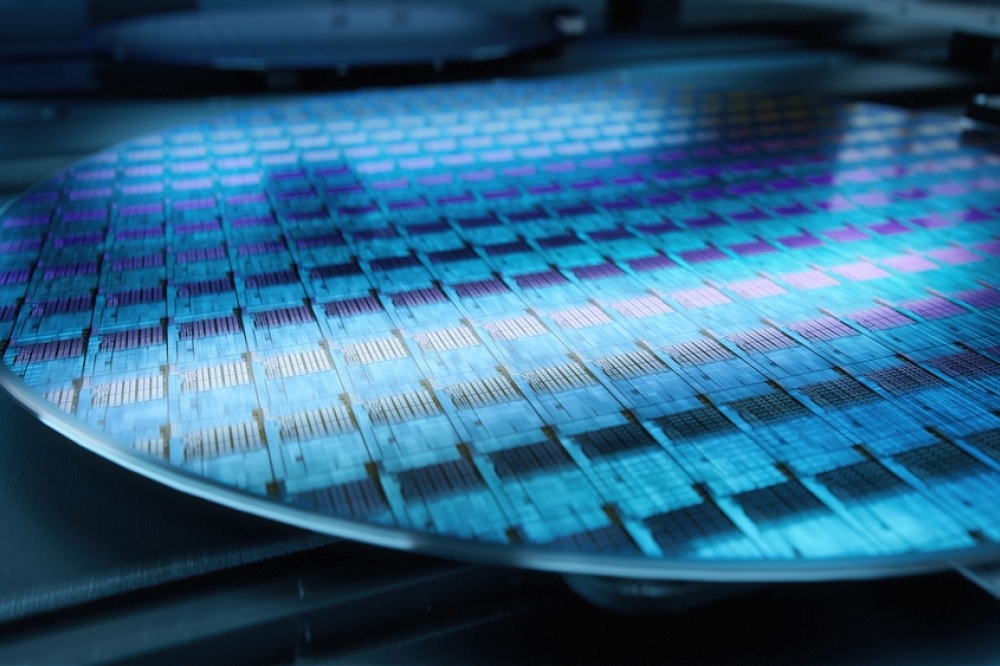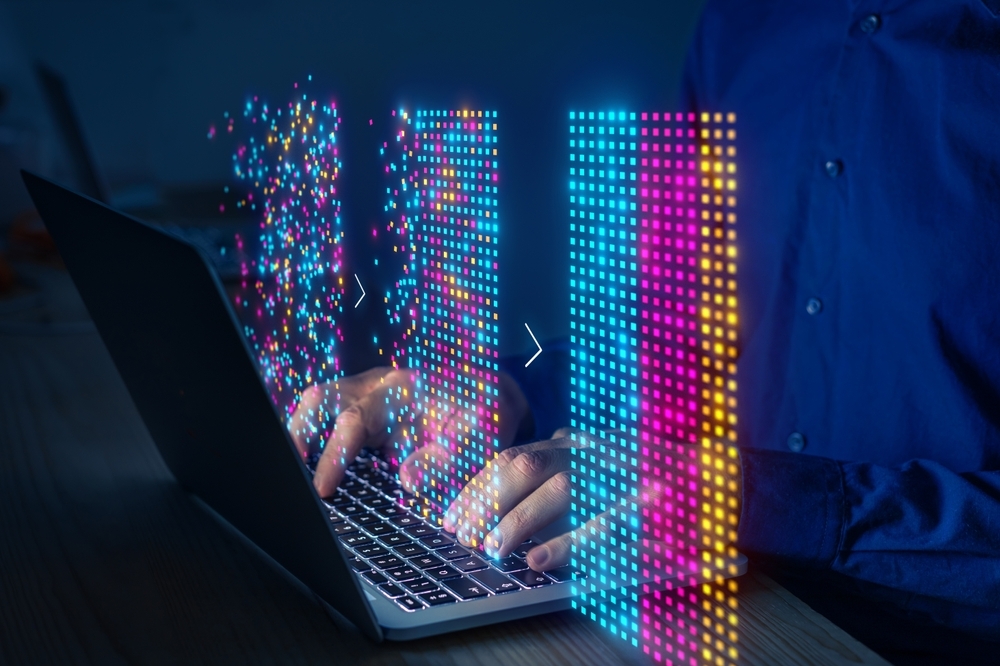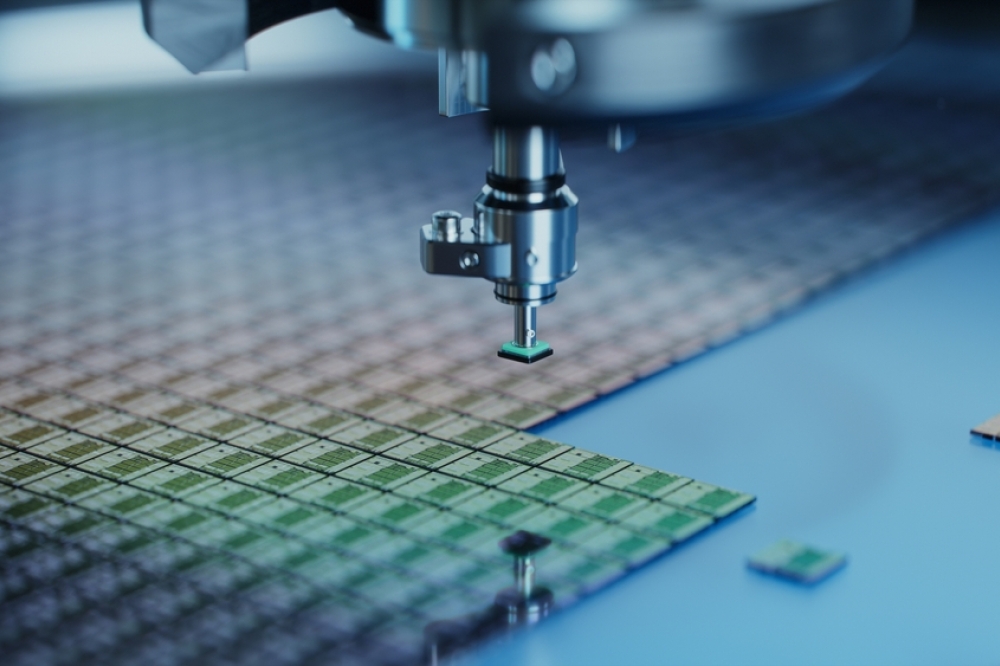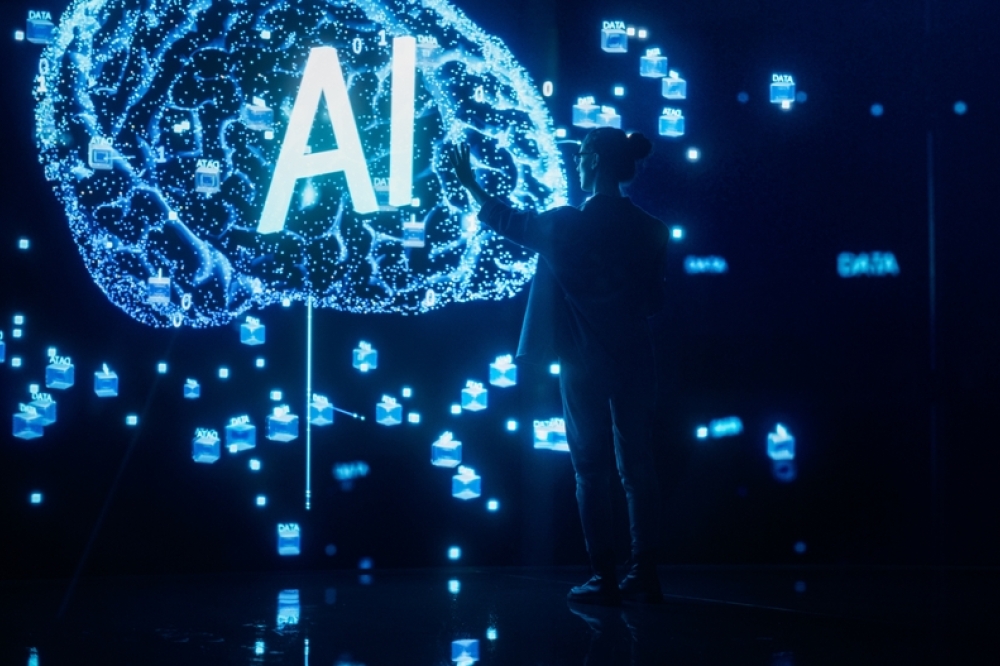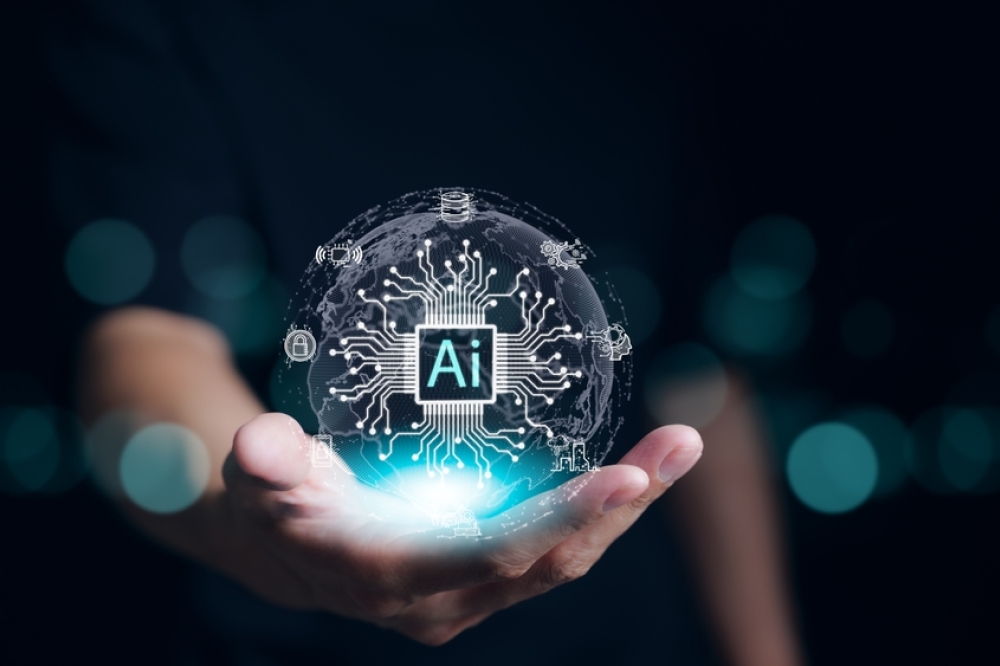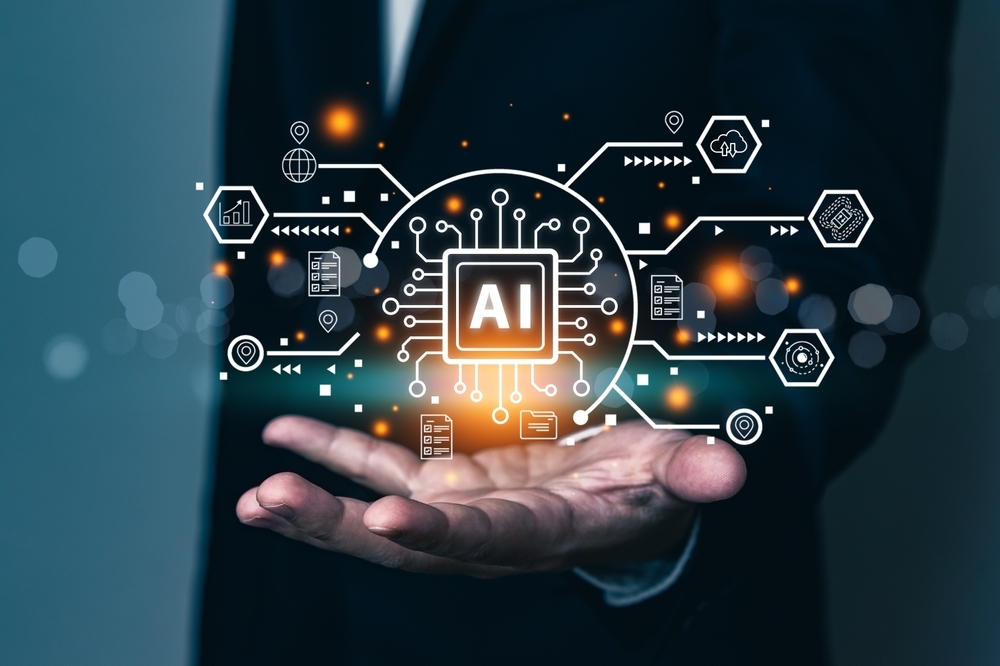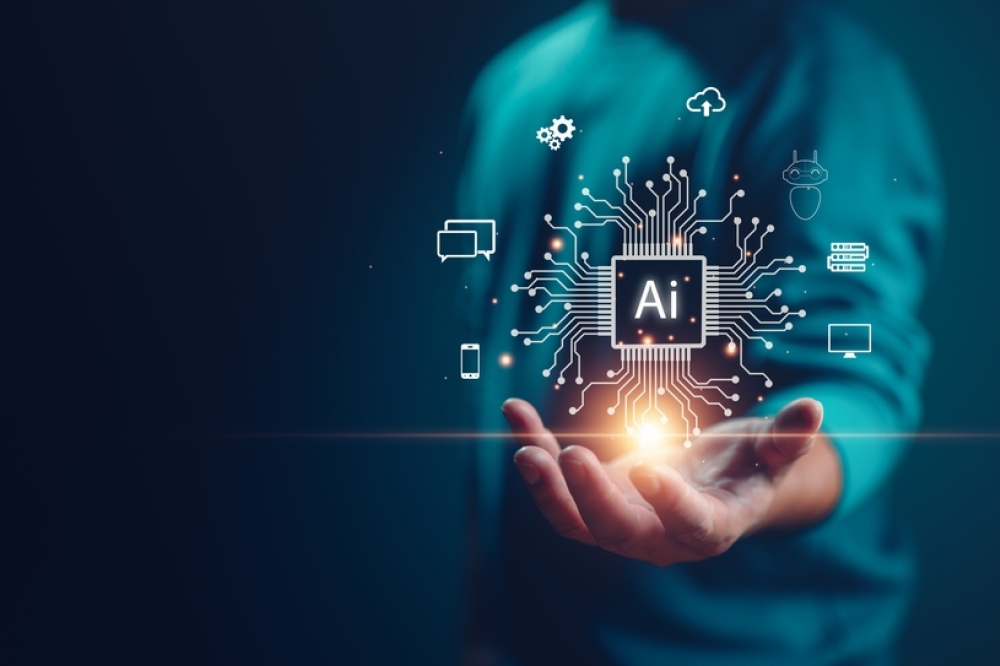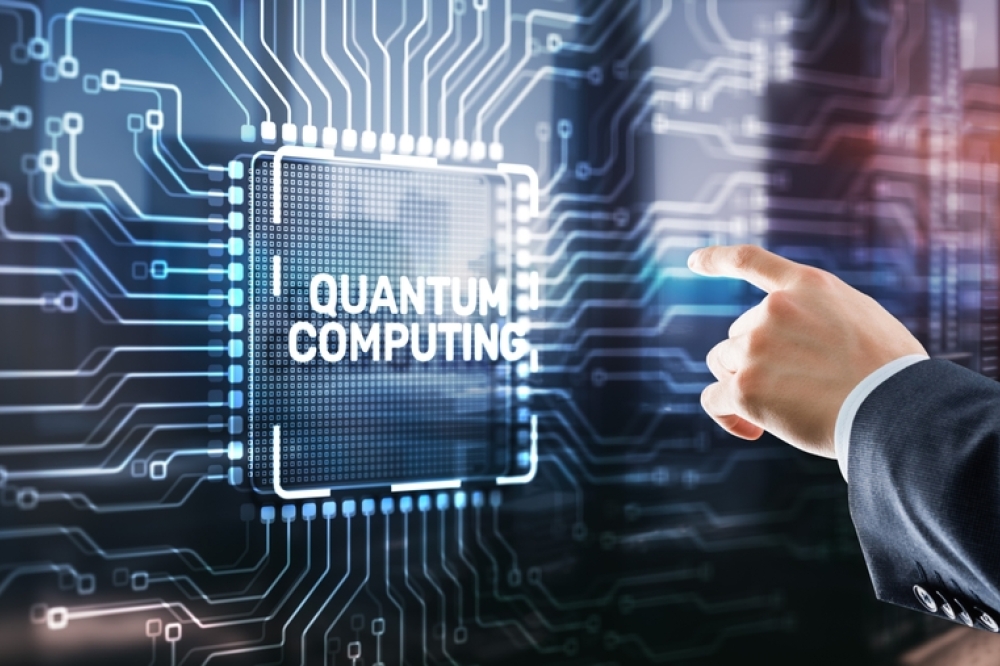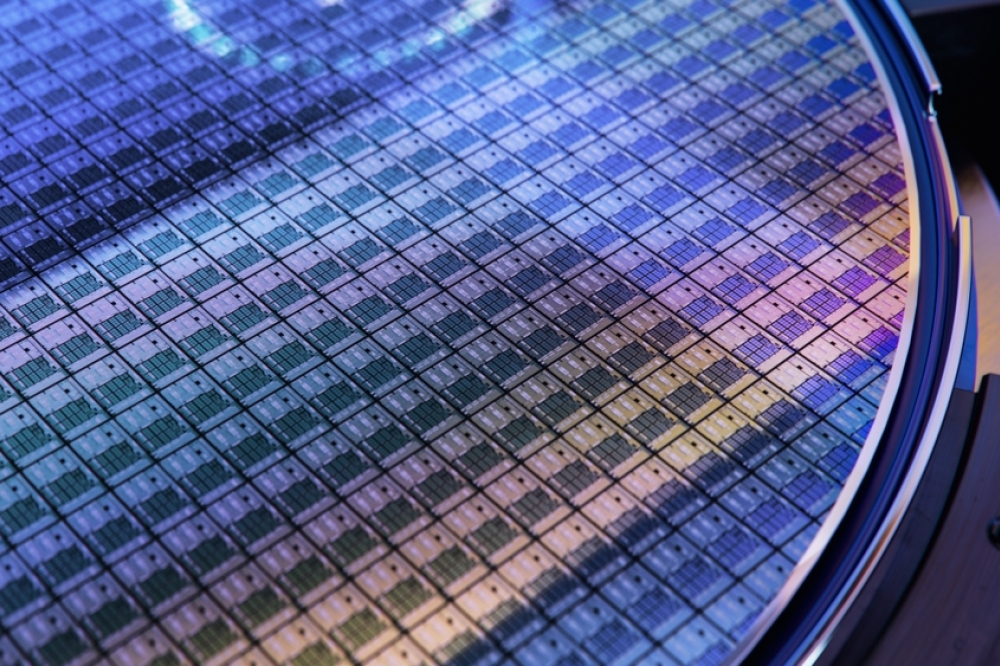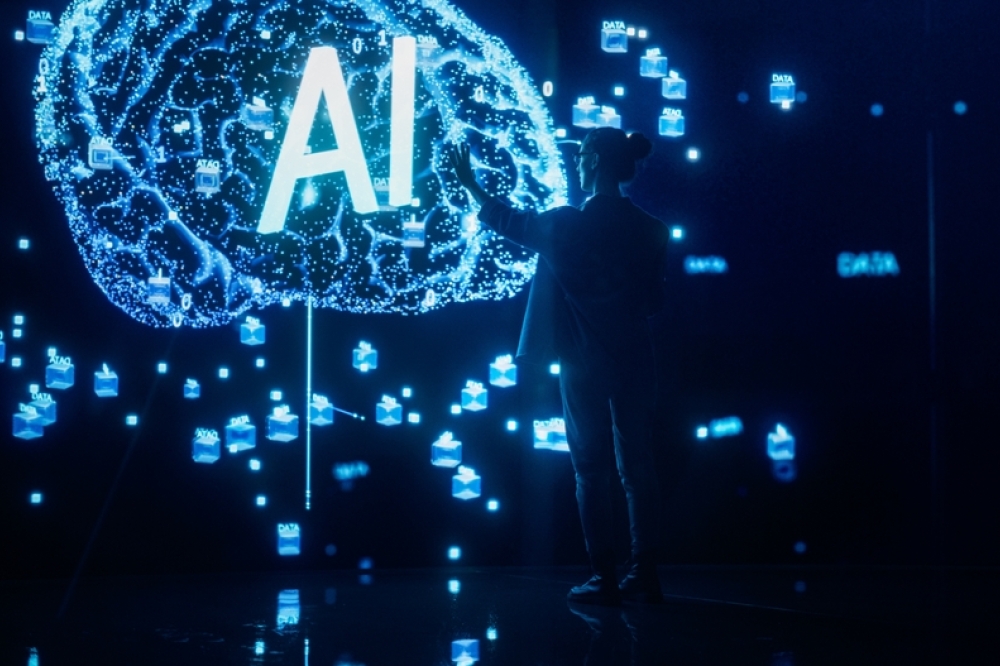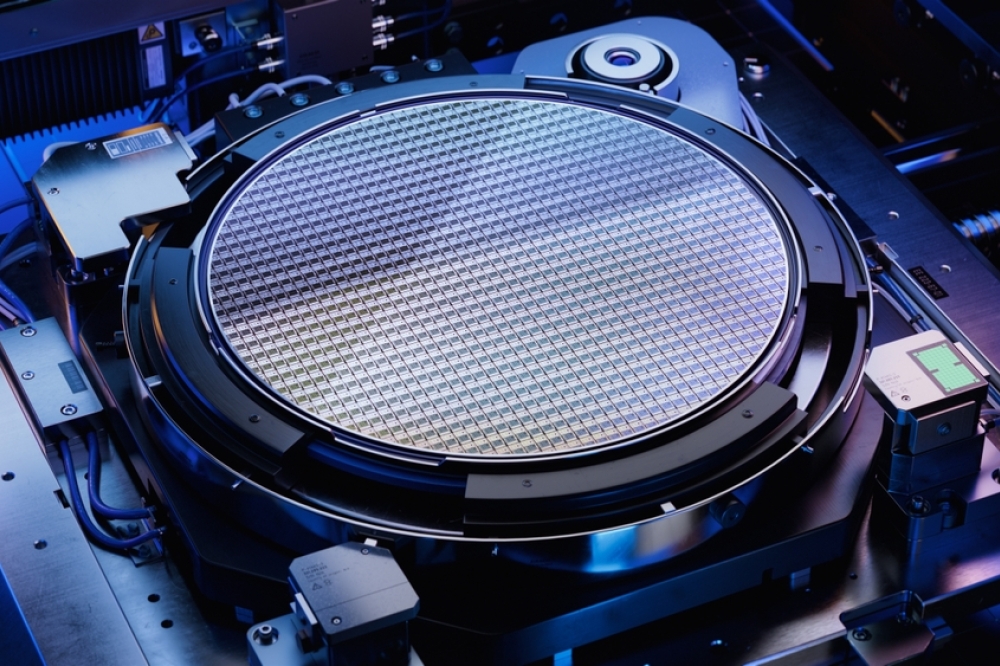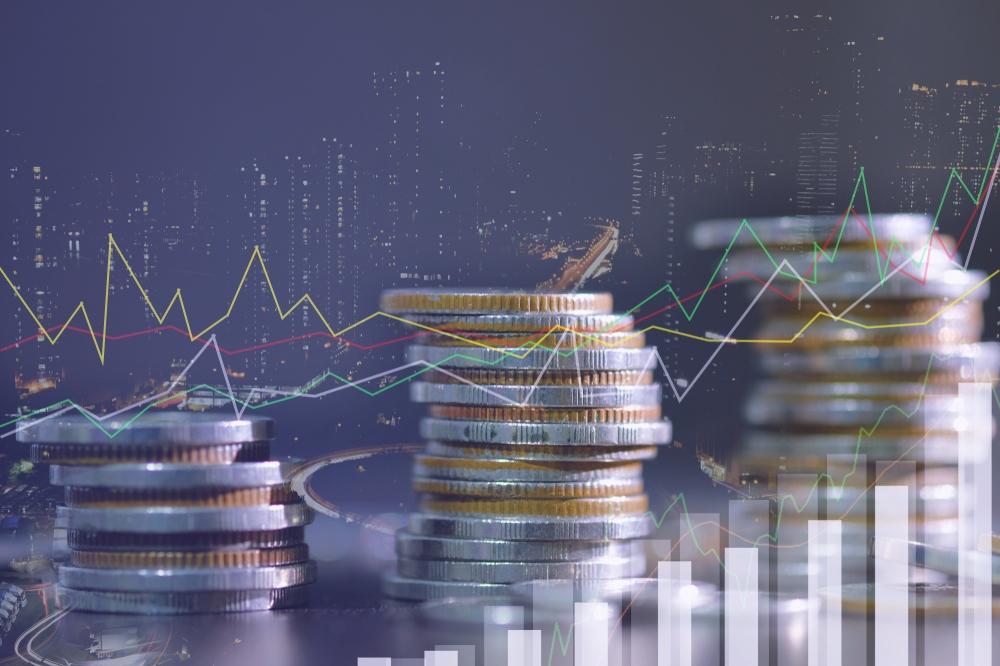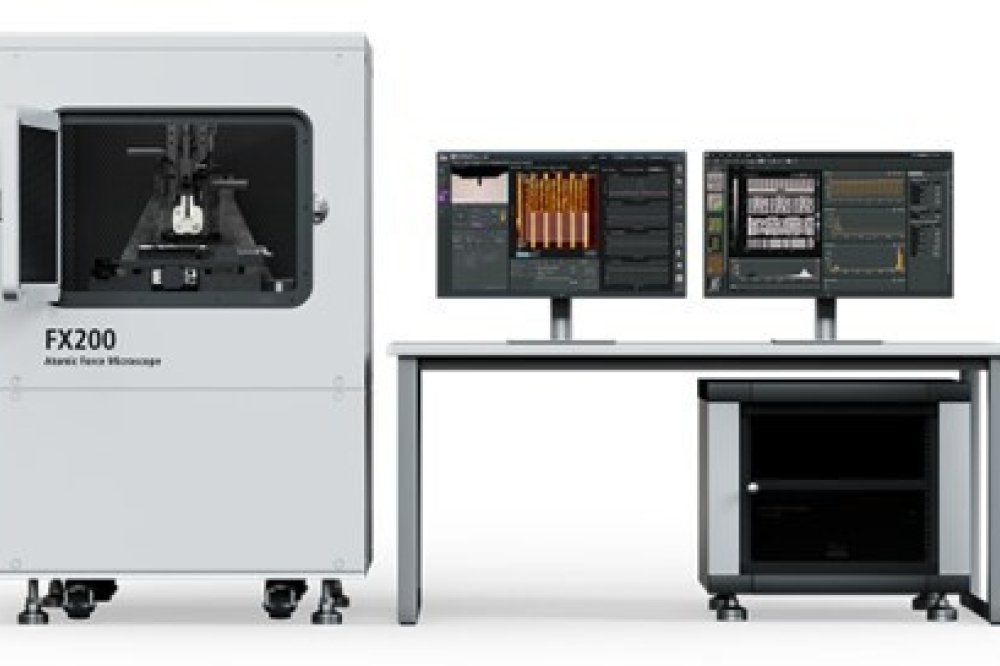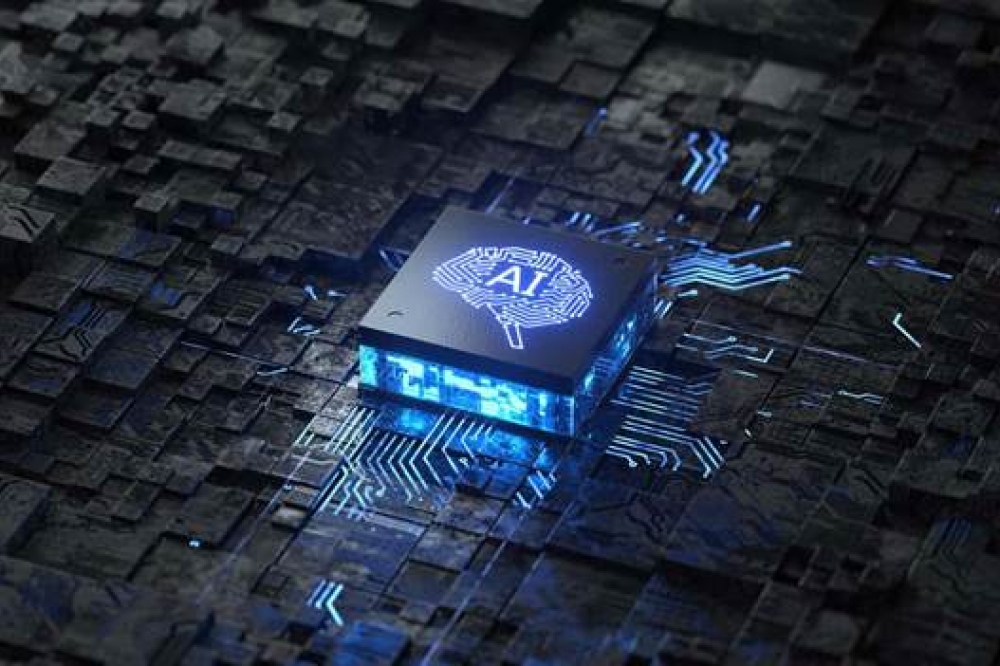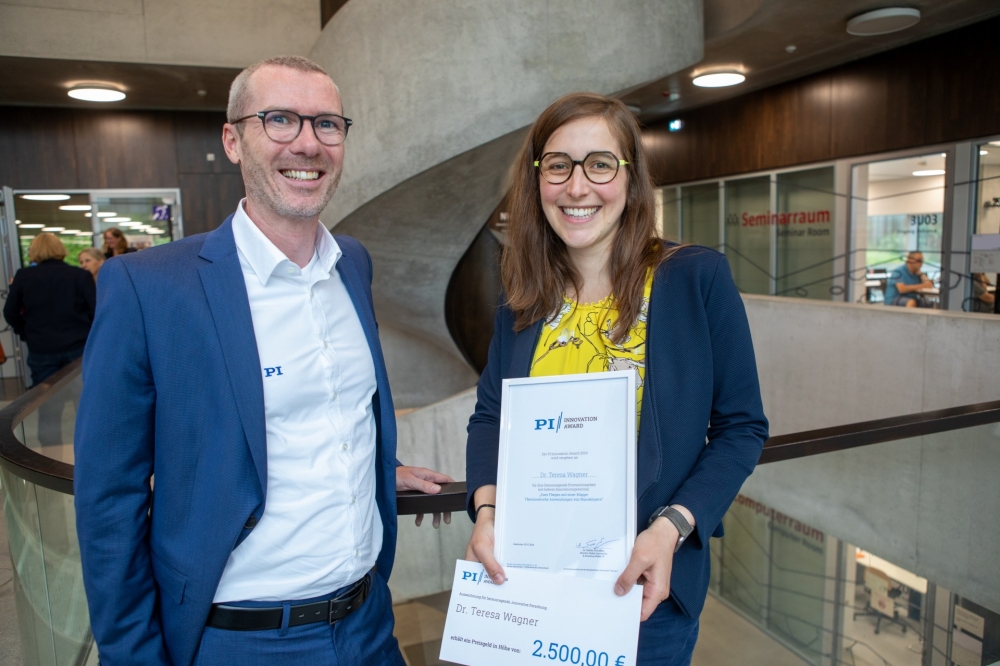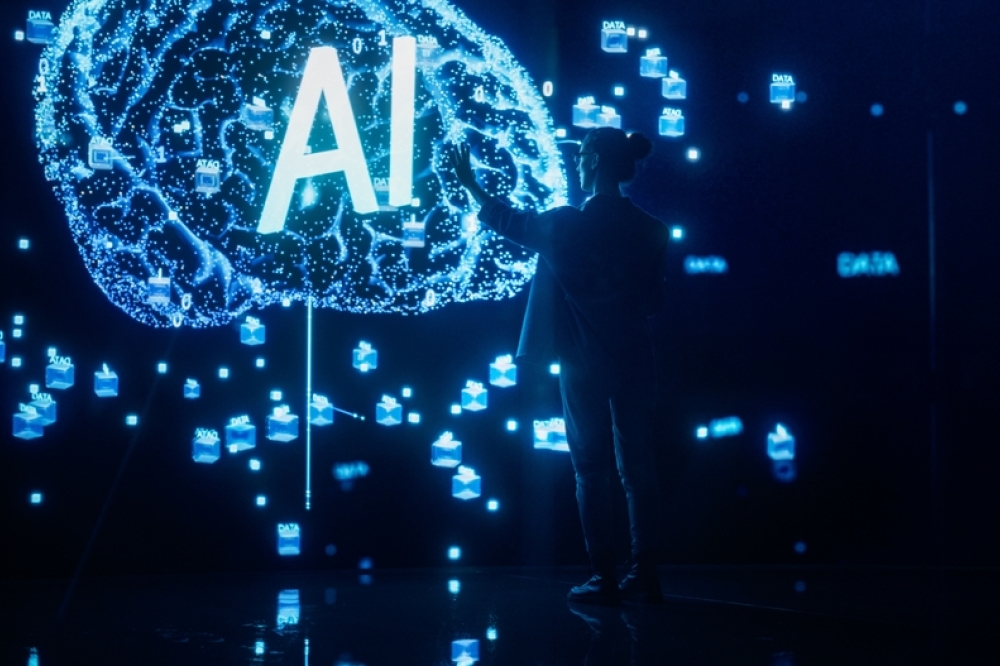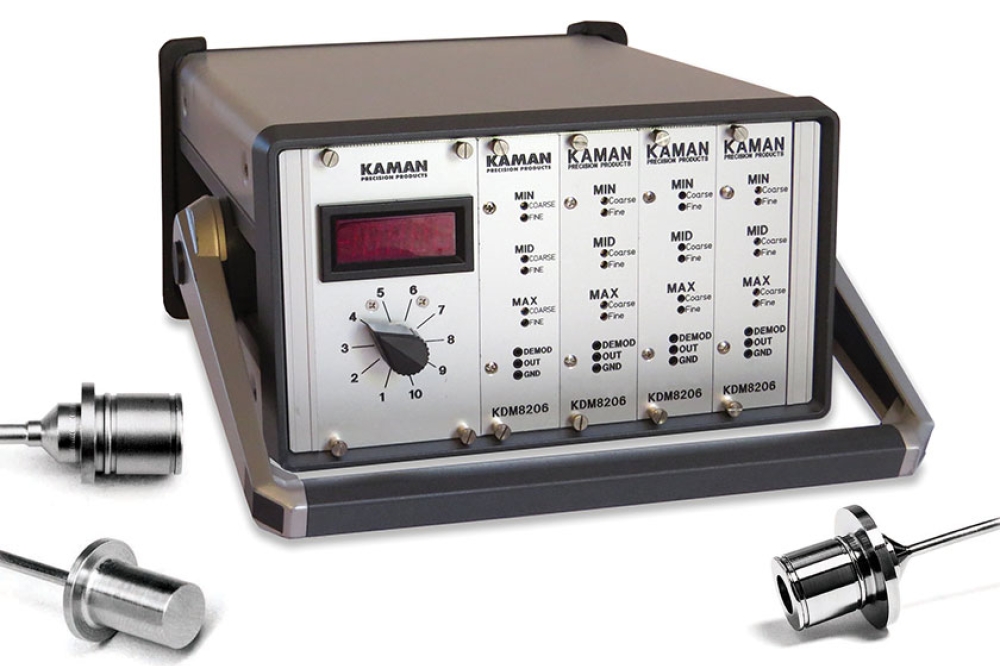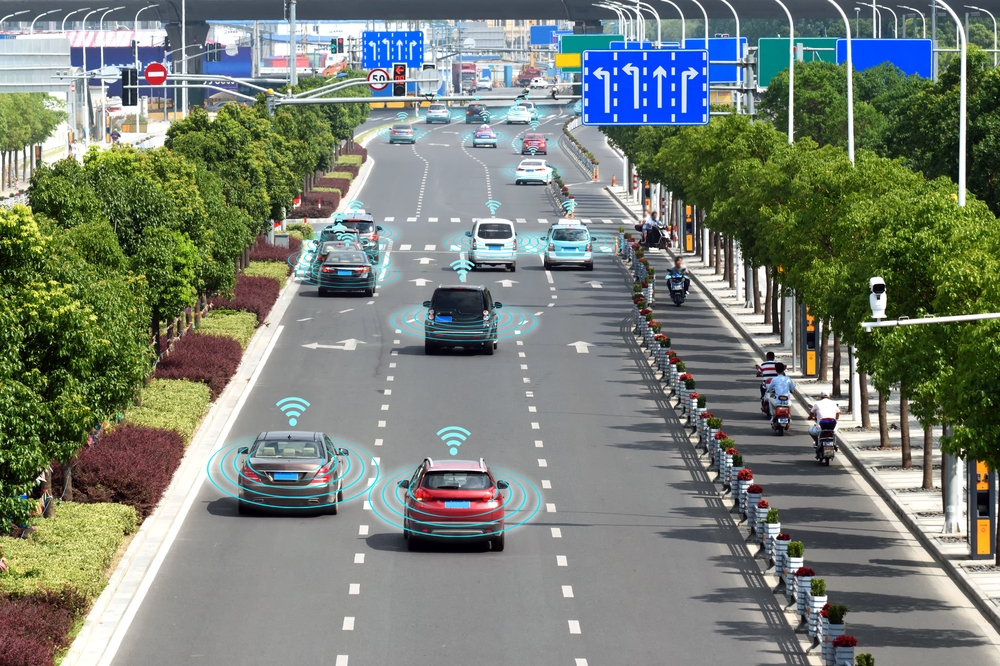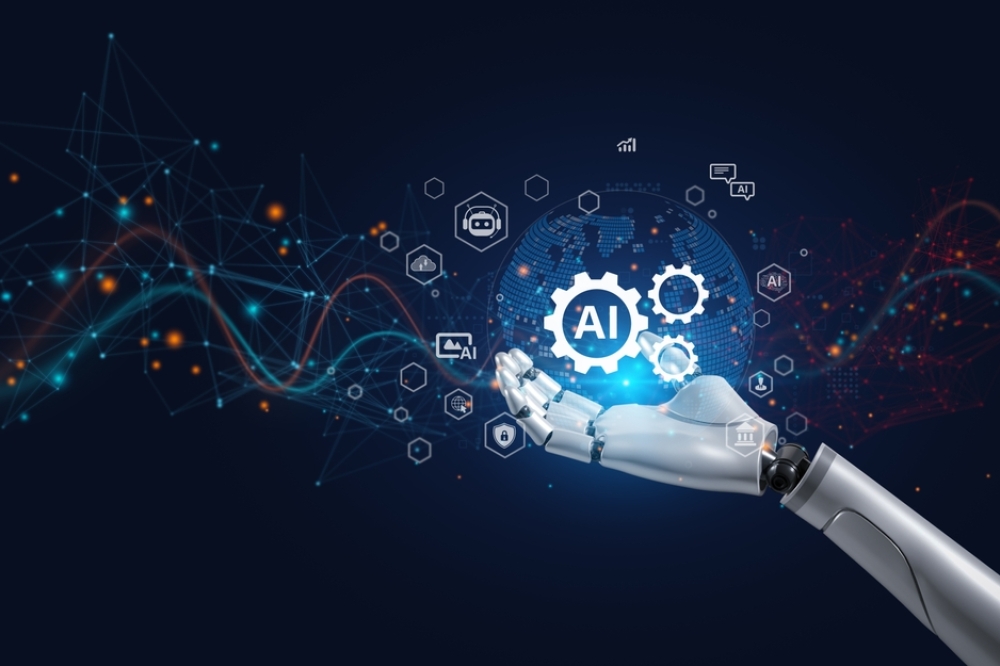Infineon highlights smart semiconductor solutions
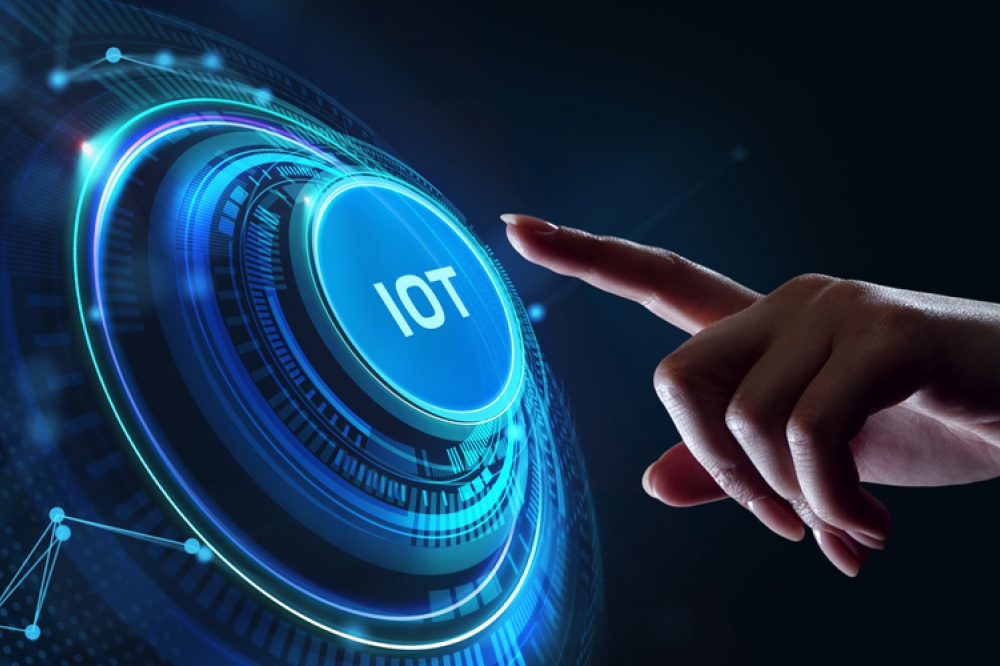
Semiconductor solutions from Infineon Technologies AG are making the Internet of Things (IoT) an increasingly key component of healthy lifestyles in a variety of ways.
In 2050, there will be more than two billion people in the world over the age of 60. At the same time according to the World Health Organization, the number of people over 80 will have tripled. Health care is growing in terms of personal and societal importance. A healthy and active lifestyle will therefore be crucial in helping people live self-determined lives for as long as possible.
In this context, the Internet of Things has the potential to support the healthcare sector across all levels, for example with predictive prevention and monitoring, in diagnosis and treatment as well as in follow-up care and support in daily life.
"Technology, and with it the Internet of Things, can have a significant impact on the healthcare sector," says Thomas Rosteck, Division President Connected Secure Systems at Infineon. "Preventive health care is particularly essential. Today, there are already many devices such as fitness trackers that motivate us to live healthier and take better care of our bodies. IoT devices have until now mainly been used just to connect to the cloud or give commands to a device. But now we're seeing devices interact more and more with each other as well. This opens up a whole new range of possibilities for living healthier, longer and more independent lives.”
"It's never too early to focus on health and fitness," adds Adam White, Infineon's Division President Power & Sensor System. "Semiconductors from companies like Infineon play a critical role in making many smart health applications a reality. From receiving information through sensors, to connecting and processing, to securely storing the data in the device, all of this is only possible because of semiconductors. We expect a big growth for more systems and applications that can cover the smart health sector and provide consumers with relevant, detailed information to improve their fitness."
Semiconductors are elementary components in all solutions. Sensors record vital data, microcontrollers process and forward it, actuators trigger actions, networking technologies integrate cloud services with medical expertise, and security solutions ensure the protection of extremely sensitive personal data.
Easy and intuitive health monitoring everywhere
Smartphones and wearables can already measure biofunctions such as heartrate and blood pressure, record and evaluate ECGs and can share this information. However, other smart health devices already exist that monitor physical activities and thus support an active lifestyle:
- For example, an unobtrusive smart ring which monitors sleep, activity, recovery, body temperature, heart rate and stress levels can reliably measure vital functions for up to seven days on one battery charge and can identify trends at an early stage. This makes it even easier to consistently and seamlessly record and evaluate physical activities than is already possible with smartwatches.
- Sleep sensors based on radar technology are now so small and easy to use that they can replace examinations in the artificial environment of a sleep laboratory: Patients can record their sleep behavior with high precision at home, without external stress factors, in a familiar environment – even when covered by bedding.
- CO 2 sensors can continuously measure air quality to provide information for automatically switching ventilation or intelligent air conditioning on or off at just the right time. This can help protect against transmission of bacteria and viruses and can also increase the ability to concentrate and work in healthier ambient air.
- Smart homes and smart buildings are already helping provide optimal living and health conditions and are assisting residents as well as caregivers by taking over numerous applications independently and intelligently (such as autonomous ventilation, alerting emergency medical services and making work easier with technologies such as robots).

